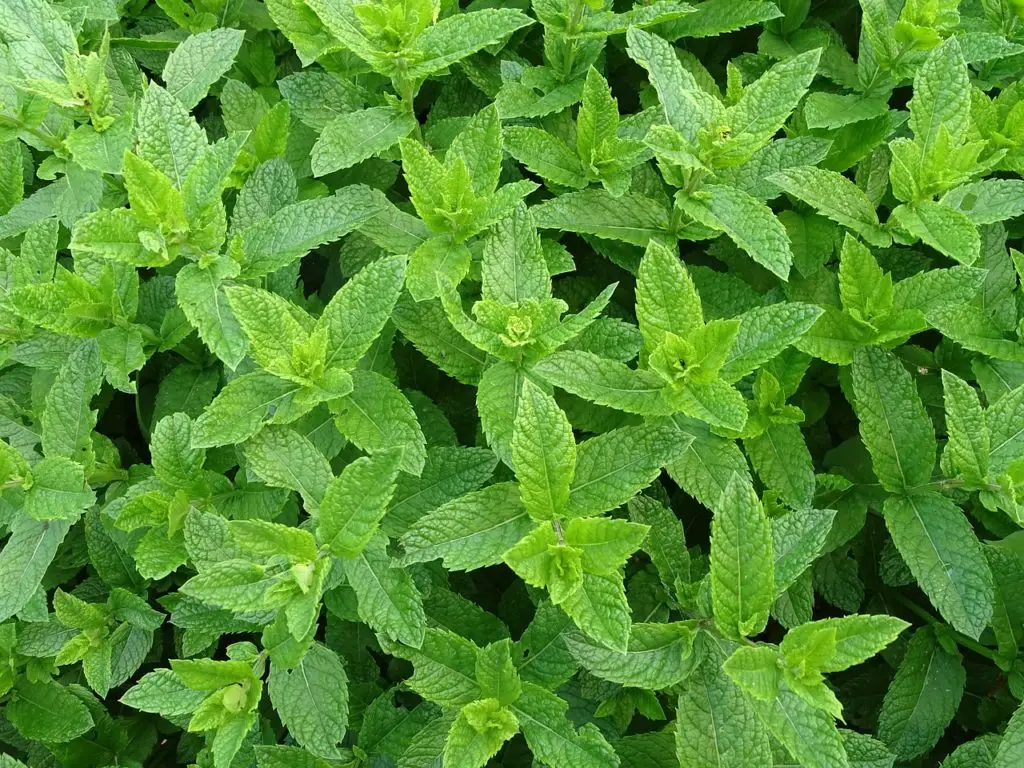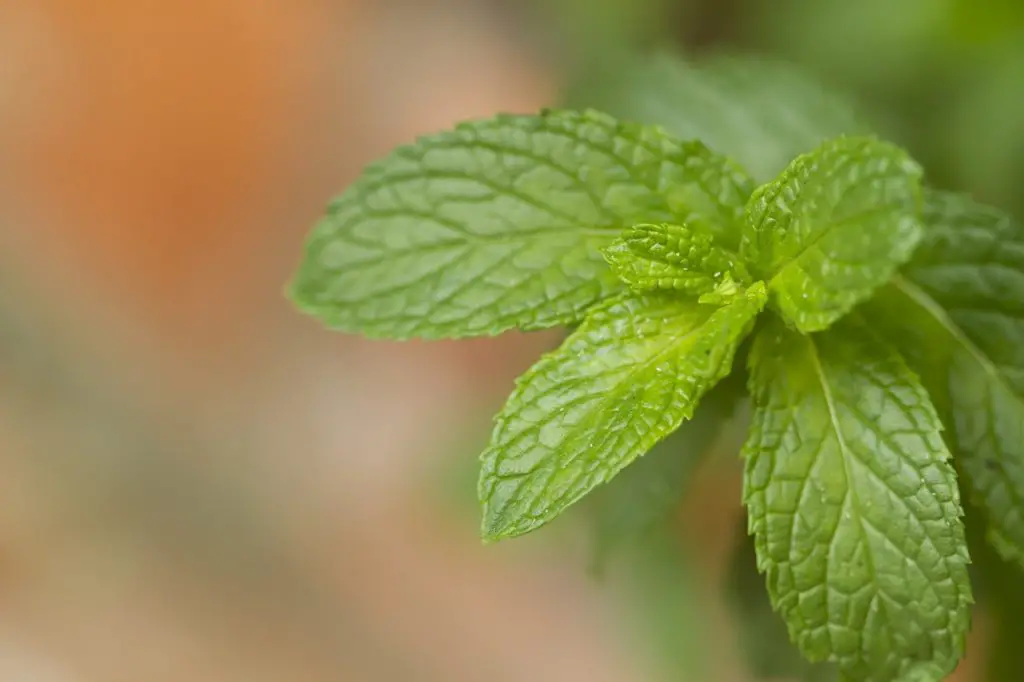Mint, with its refreshing aroma and taste, encompasses a broad spectrum of flavors and colors, making it a fascinating herb to explore in the culinary world. While spearmint and peppermint are the most recognizable mint varieties, they are far from the only options. The introduction of unique mint cultivars like purple mint has expanded the possibilities for adventurous chefs and home cooks.
- Spearmint: Spearmint is the quintessential mint flavor, known for its mild, sweet taste with a hint of coolness. It pairs wonderfully with Mediterranean dishes, lending its refreshing notes to classics like tabbouleh and minty yogurt sauces. Its delicate flavor also makes it a popular choice for garnishing fruit salads and summer beverages.
- Peppermint: Peppermint, on the other hand, brings a more intense and mentholated flavor. Its cool, refreshing profile is particularly well-suited for desserts and beverages. You’ll often find it in holiday treats like candy canes, peppermint ice cream, and decadent brownies. Peppermint’s bold flavor creates a delightful contrast to the sweetness of chocolate and other confections.
- Purple Mint: Among the newer arrivals in the mint family, purple mint stands out with its striking purple-tinged leaves and a taste that’s both sweet and subtly fruity. Its unique flavor profile makes it an intriguing choice for experimenting with cocktails, desserts, and savory dishes alike. Its versatility extends from herb-infused sauces for meats to vibrant garnishes for salads, adding a pop of color to your culinary creations.
The diverse mint varieties offer a range of possibilities for elevating the flavor of your dishes, and the choice largely depends on your culinary vision. Whether you prefer the classic appeal of spearmint, the invigorating coolness of peppermint, or the distinct allure of purple mint, exploring the minty spectrum can be a delightful journey into the world of flavors, colors, and creative cooking.
The Minty World of Culinary Herbs
Mint is a beloved herb that adds a burst of fresh flavor to a wide range of culinary delights, from salads to desserts and everything in between. However, the world of mint is not limited to the well-known spearmint or peppermint. Among the various mint varieties, purple mint has been gaining attention for its unique appearance and flavor. In this article, we will compare purple mint with other mint varieties for consumption, exploring their distinct characteristics and culinary applications.

The Unique Appeal of Purple Mint
Purple mint, often known as “purple basil mint” or “purple peppermint,” is celebrated for its distinctive purple-hued leaves and a flavor profile that sets it apart from traditional green mints. Here are some common questions and search queries related to purple mint:
What does purple mint taste like, and how does it differ from green mint?
- Purple mint offers a milder, sweeter flavor compared to the more common spearmint or peppermint. Its taste is often described as having subtle fruity and citrus notes, making it an excellent choice for desserts and cocktails.
Can purple mint be used interchangeably with green mint in recipes?
- While you can use purple mint in place of green mint, it’s important to note that the distinct flavor of purple mint can have a unique impact on the dish. Experimenting with both can lead to delightful culinary surprises.
Traditional Mint Varieties: Spearmint and Peppermint
Spearmint and peppermint are the most familiar mint varieties, widely used in cooking, beverages, and herbal teas. Here are some questions and search queries related to these traditional mint varieties:
What’s the flavor profile of spearmint, and in what dishes is it commonly used?
- Spearmint has a refreshing, mildly sweet flavor with a hint of coolness. It’s a common choice for dishes like tabbouleh, mint juleps, and fruit salads.
How does peppermint differ from spearmint, and what recipes benefit from peppermint’s flavor?
- Peppermint has a stronger, more mentholated flavor that adds a cooling sensation to dishes. It’s often used in desserts like peppermint ice cream, brownies, and holiday beverages like candy cane hot chocolate.

Culinary Applications of Various Mint Varieties
Mint varieties bring unique flavors to a wide array of culinary creations. Here are questions and search queries related to the diverse culinary applications of mint:
How can different mint varieties be incorporated into savory dishes?
- Mint varieties, including purple mint, can be used in savory recipes like herb-infused sauces, dressings, or garnishes for dishes such as lamb, poultry, and Mediterranean salads.
What are some creative uses of mint varieties in sweet treats and beverages?
- Mint varieties can elevate the flavor of desserts and beverages. Think about mint-infused syrups for cocktails, mint-flavored chocolates, or minty pastries for a delightful twist.

Conclusion: Exploring Mint’s Flavorful Spectrum
Mint is a versatile herb with a vast spectrum of flavors, colors, and culinary applications. Purple mint, with its distinct taste and striking appearance, adds a unique dimension to the world of culinary herbs. While traditional spearmint and peppermint remain culinary staples, the introduction of purple mint allows adventurous cooks to experiment with new flavors and presentations.
Ultimately, the choice of mint variety for consumption depends on the dish you’re preparing and your personal taste preferences. As you explore the diverse world of mint, you’ll discover the endless possibilities it offers to enhance the flavor of your culinary creations, from savory dishes to sweet indulgences. Whether you opt for the traditional green mints or the distinctive allure of purple mint, your culinary journey with mint will undoubtedly be a flavorful and aromatic adventure.

